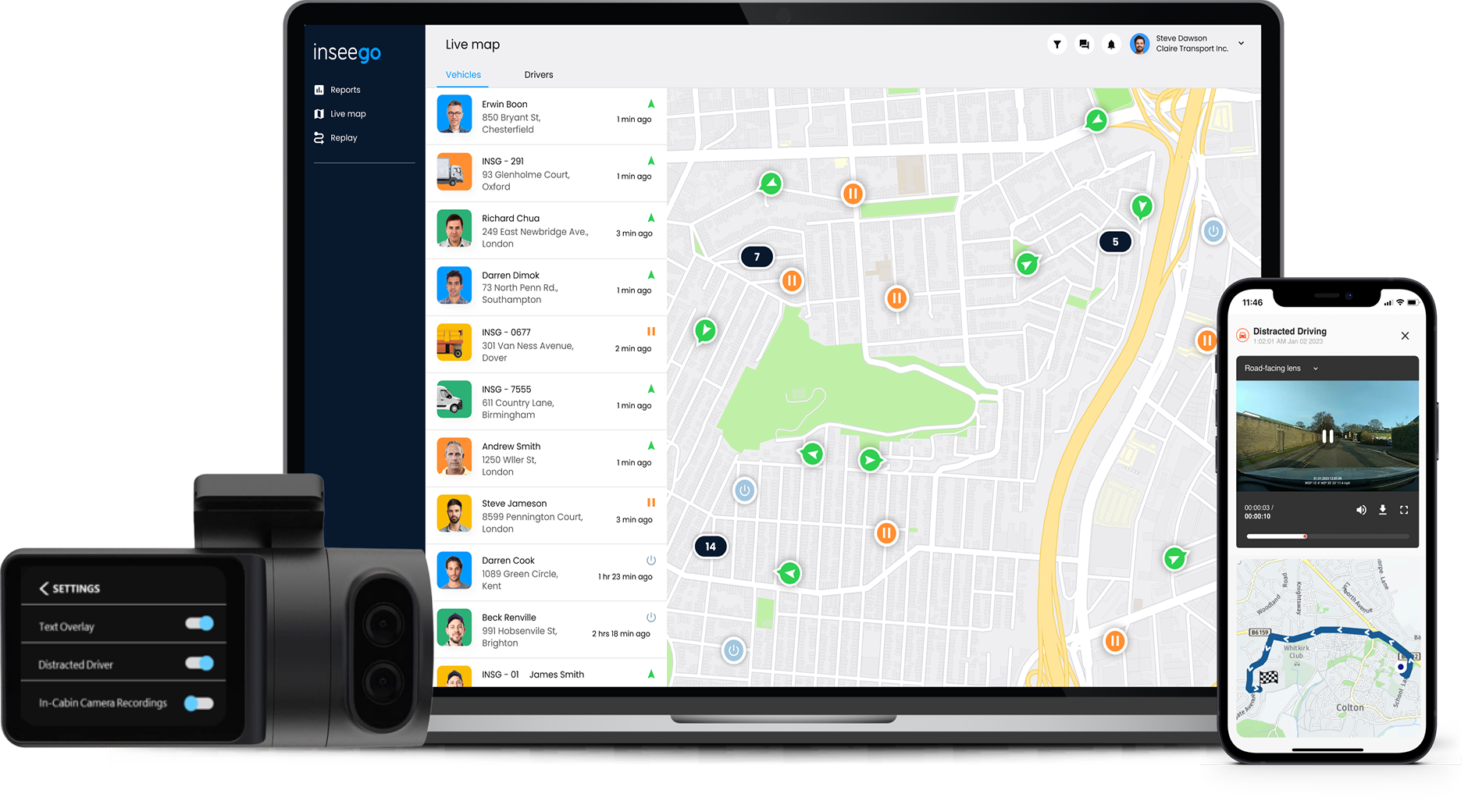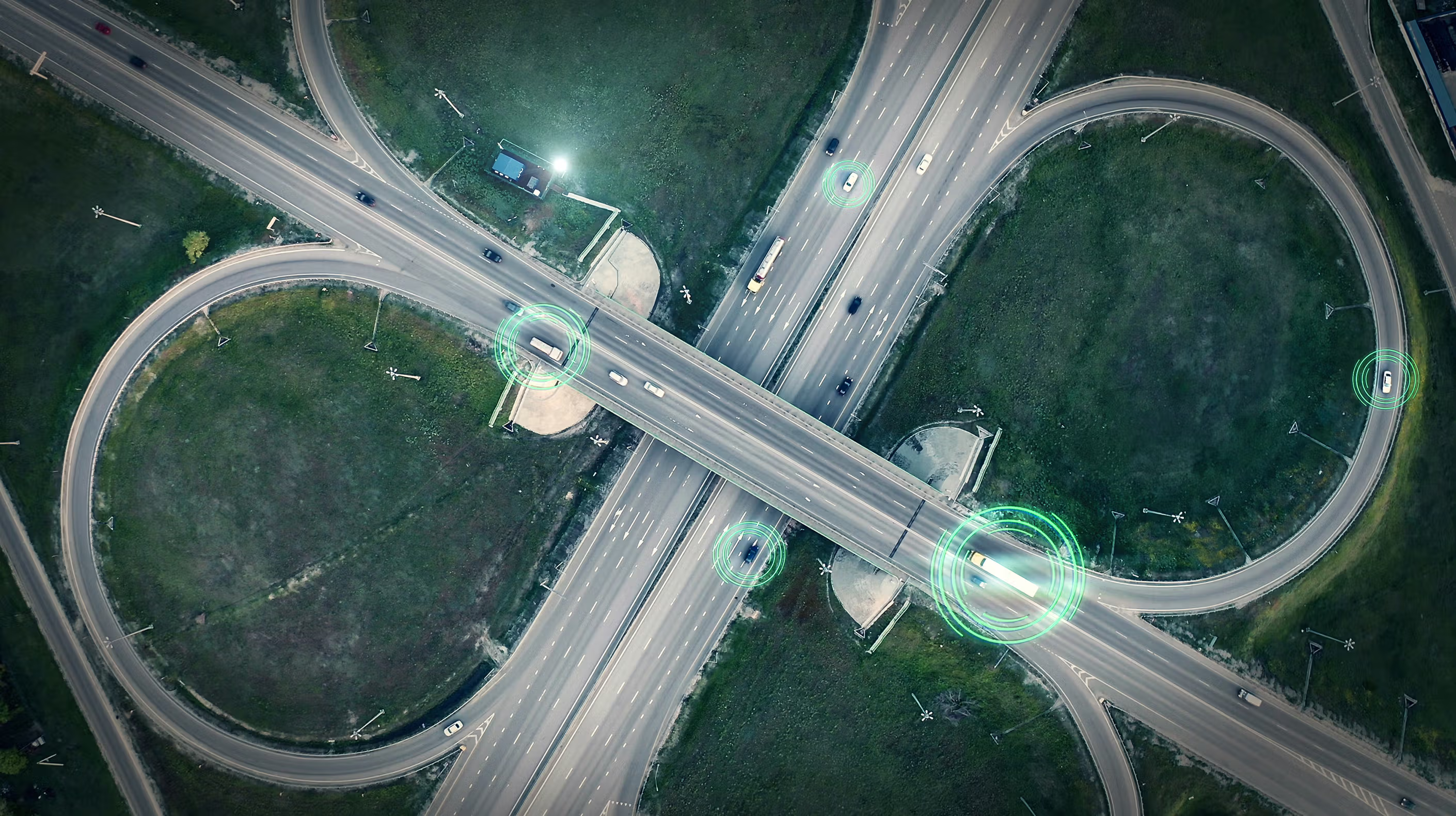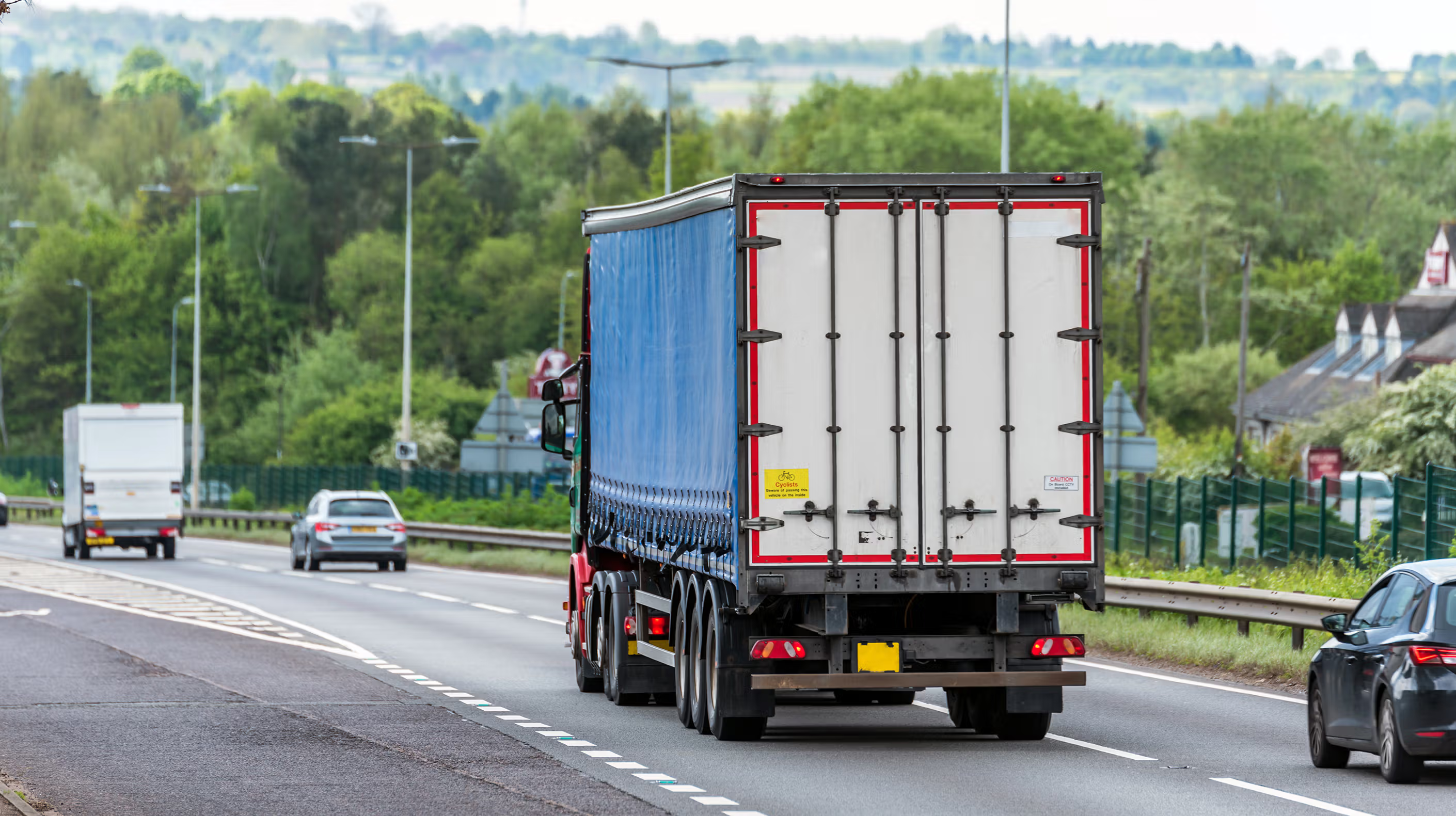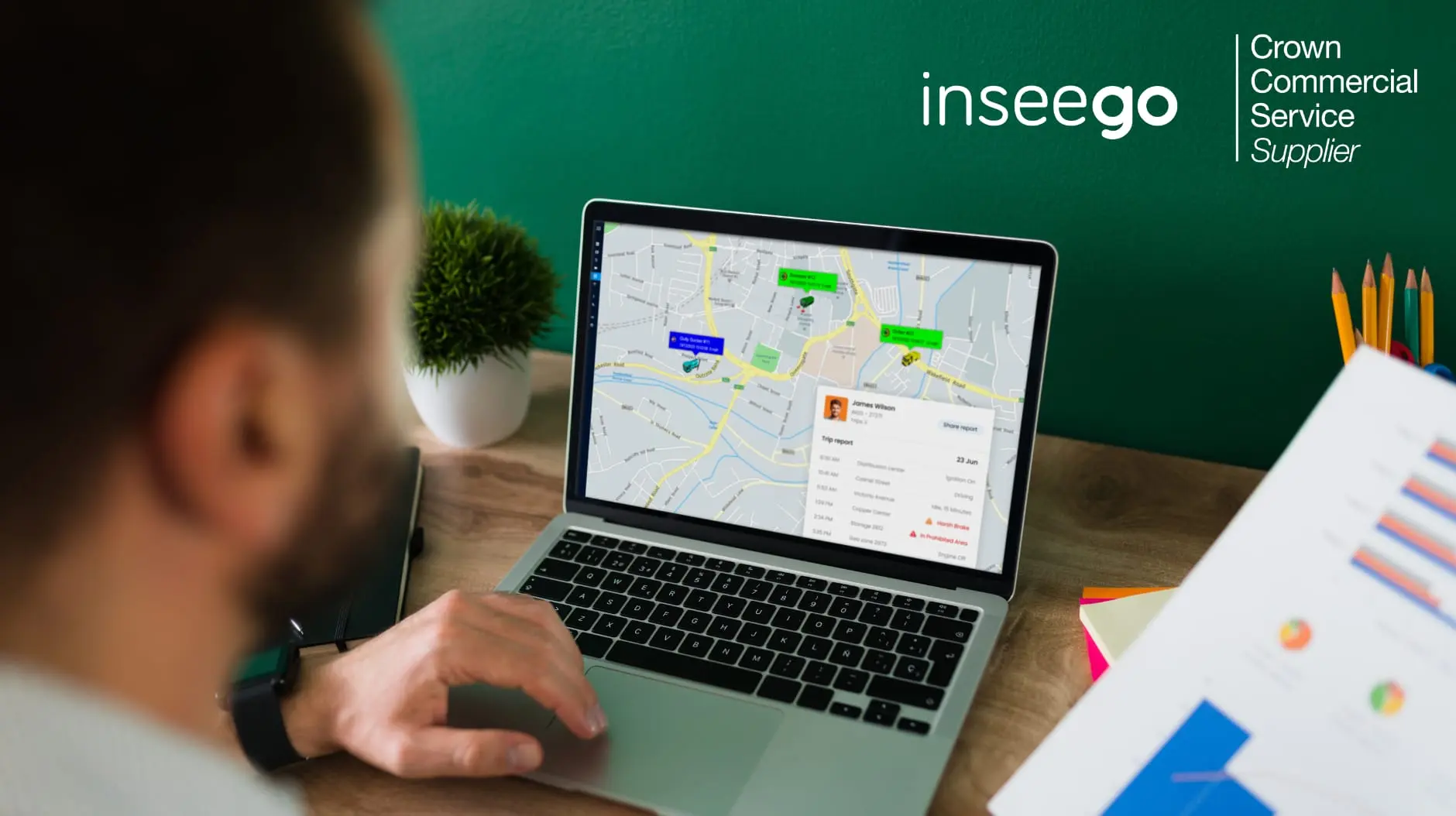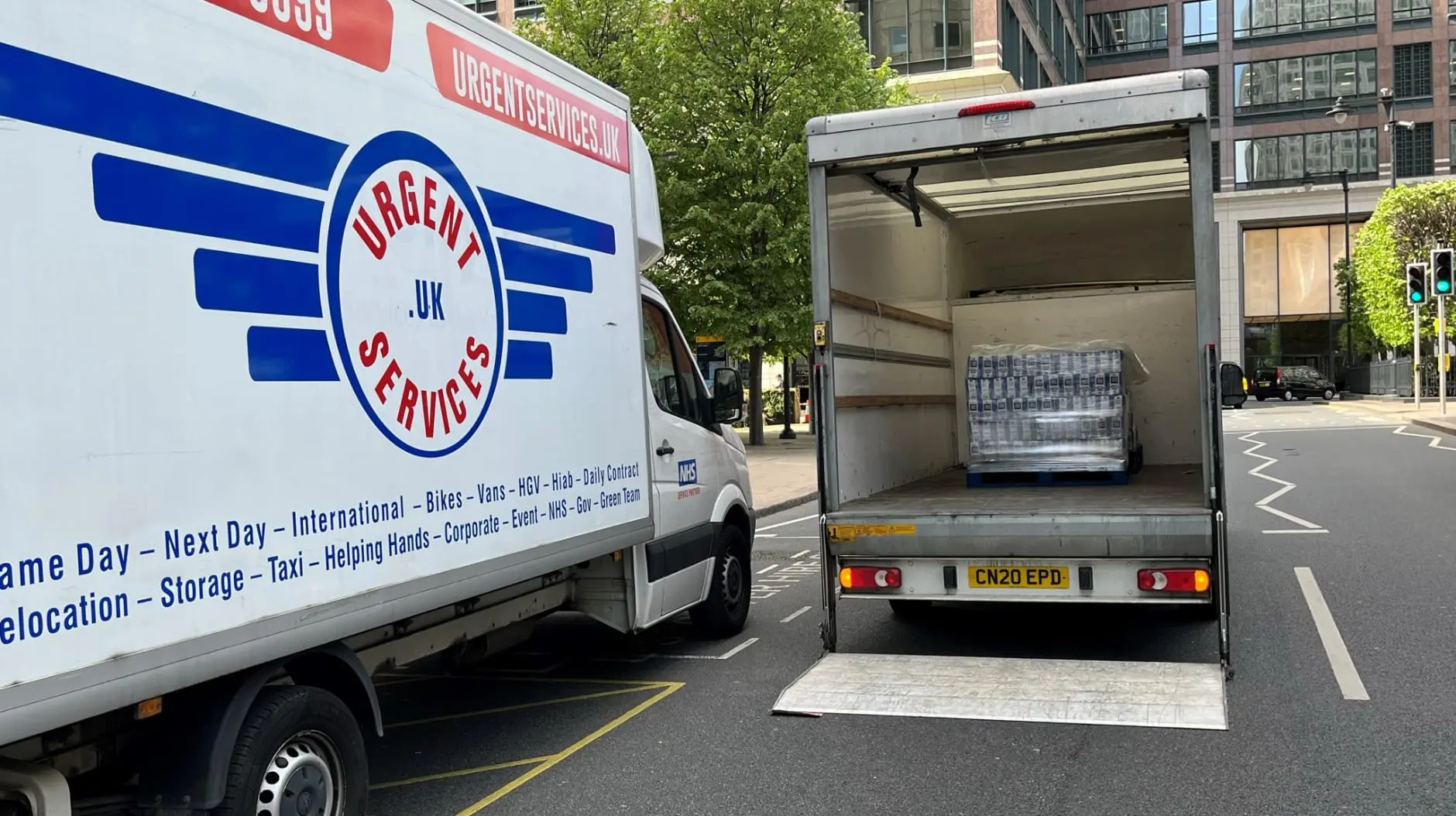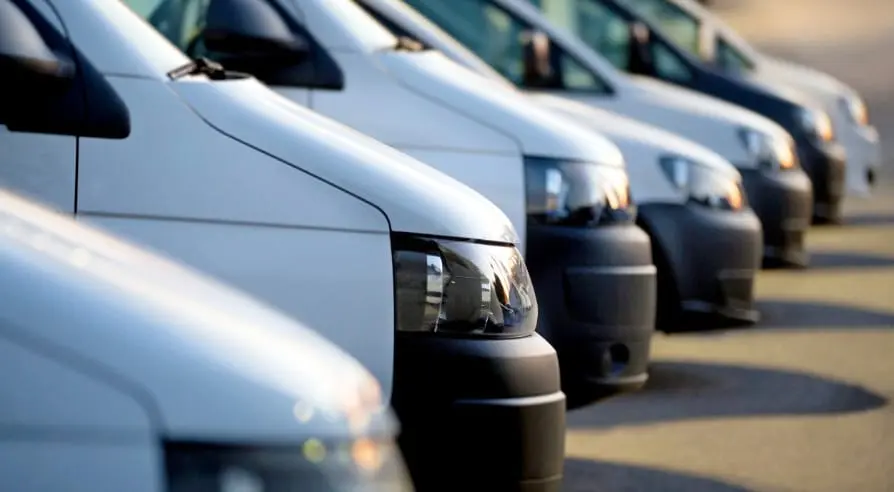GPS vehicle tracking systems
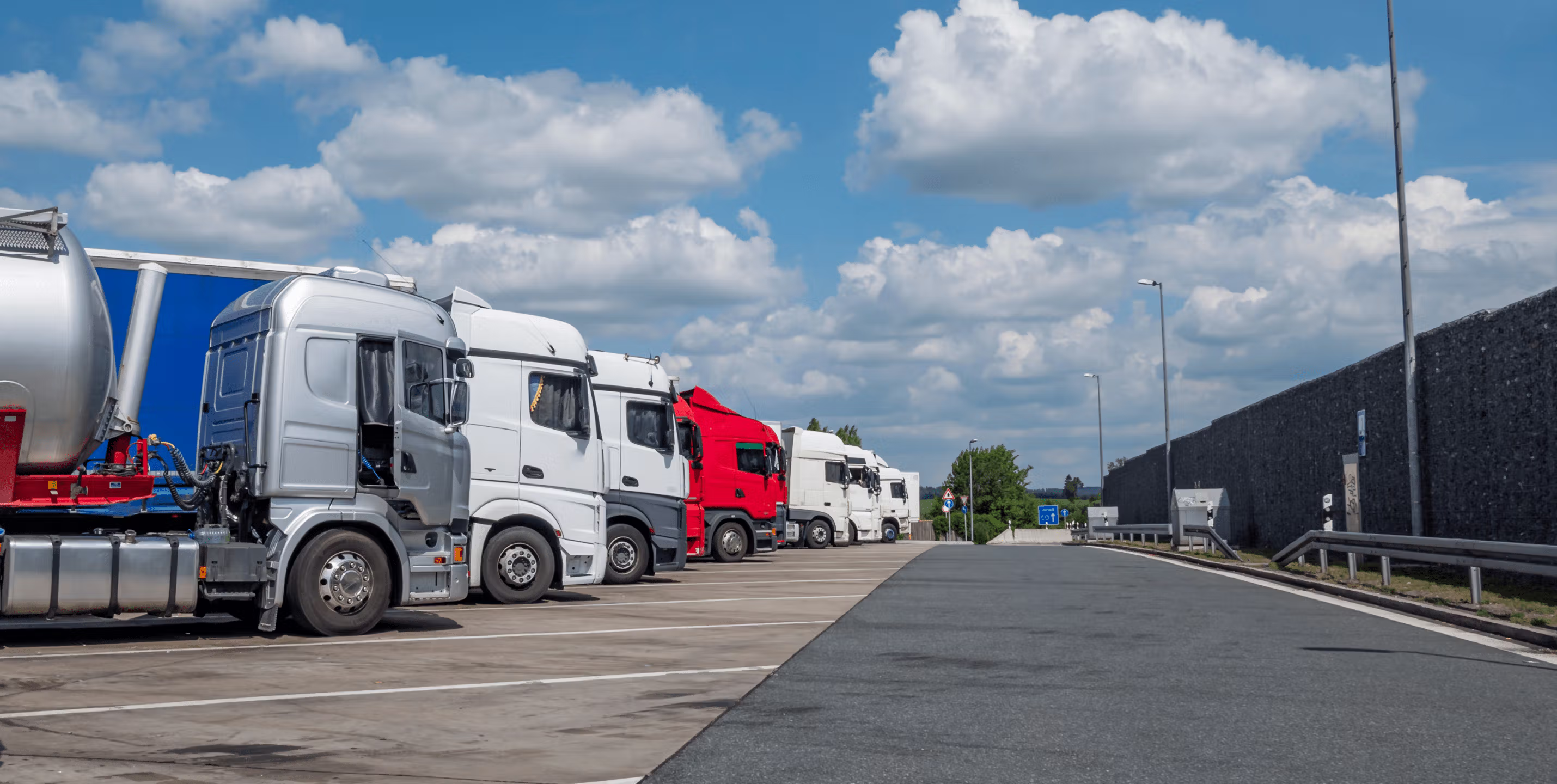
GPS fleet tracking systems for fleet management are an effective method of improving driver safety, helping to reduce accidents and fuel costs. It can also reduce insurance premiums and maintenance costs.
How do vehicle GPS tracking systems work? How specifically can they make a business more profitable? And what about privacy concerns?
Firstly, let’s look at the benefits of GPS vehicle tracking and how it makes a business more profitable, reducing operating costs thus improving its growth potential and subsequent job security for employees.
Reduce vehicle costs for any fleet size
Running a fleet of company vehicles is expensive. Aside from the invested capital there are the ongoing costs of insurance, maintenance, repairs and fuel (including idling). GPS vehicle tracking software can help you save up to 15% on fuel and maintenance costs and improve operational efficiency by up to 30%. Using vehicle tracking to actively manage driver behaviour can also reduce wear and tear on vehicles, reduce insurance premiums and excesses and lower maintenance costs by only servicing vehicles when actually needed, instead of at arbitrary intervals.
Increase the productivity of your vehicle fleet
GPS tracking your company fleet vehicles allows supervisors to review how and where vehicles are being used, and if they could be allocated or utilised more effectively. Daily routes can also be checked for efficiency to see if jobs should be reassigned or drivers trained on how to use their time more effectively. Features such as route optimisation and geofences can help organise teams of drivers in a more productive way.
Improve your fleet’s CSR (Corporate Social Responsibility)
Company fleet drivers spend a lot of time on the road, increasing the risk they could endanger other road users through poor driving performance, overwork, tiredness behind the wheel or speeding. Using a vehicle tracking system to proactively manage and coach employees shows that you care about the public and want to do everything you can to make sure your drivers are as safe as possible at all times.
An easier way to achieve legal compliance for your fleet
Commercial vehicle fleets are required to comply with a lot of different legal obligations, particularly around health and safety. GPS technology can make this easier, automating certain aspects of your data collection such as timesheets and mileage by driver, speeding incidents, as well as business & private mileage tracking to simplify reporting and administration
Reduce car accidents and insurance costs
Asset tracking and vehicle tracking systems offer companies an excellent set of tools to improve overall vehicle security - from targeting poor driving behaviour to improving the chances of asset recovery in the event of a stolen vehicle. Dashcams can also help protect drivers from liability claims and speed up processing of insurance paperwork. Some insurance companies offer premium or excess discounts for fleets that have vehicle tracking systems and driver coaching programmes that promote safe driving styles.
Frequently asked questions
What equipment is needed to set up a GPS tracking software system?
A GPS tracking software is a combination of telematics software and hardware devices.
In the vehicle, GPS trackers are needed to read engine diagnostic data from the vehicle’s ECU, as well as provide real-time location data. GPS car trackers can be hardwired into the vehicle or fitted into the vehicle’s OBD-II port.
Back in the fleet manager’s office a computer is needed to connect to the telematics software online (provided as an internet service, or SaaS). This allows the manager to view data collected by the vehicle’s GPS trackers, including information such as driver behaviour with a user friendly interface.
How does a vehicle tracking system work?
Vehicle tracking systems use GPS tracking devices installed on business vehicles and HGV’s along with sophisticated fleet management software to provide managers with an accurate picture of how commercial vehicles are being used.
First, a GPS tracking device (with a SIM card for mobile data connectivity) is installed in the vehicle’s – either plugged into the OBD-II port or hard-wired into the vehicle’s CAN-Bus. The device is activated and registered on a telematics system, and it’s now ready to start recording data.
Now, when the vehicle is driven, the vehicle's engine computer sends data to the GPS tracking device, and then transmitted (along with GPS location - latitude and longitude) to a fleet tracking service (also called GPS tracking software), like Inseego via the mobile data network.
This information is received by the vehicle tracking system in real time, providing an onscreen dashboard showing data such as fuel consumption, vehicle location, current speed and direction, along with engine performance such as battery voltage, temperature and warning alerts.
Other software systems (such as digital tachograph applications) can connect to the GPS tracking software solution via API connections.
What are the benefits of choosing Inseego for vehicle tracking systems?
Our vehicle tracking solutions are very flexible and adaptable to the specific needs and budget of your fleet operations. We have access to a wide variety of different types of tracking devices for multiple applications and a range of features and functionality including on-board video cameras and security systems to keep drivers safe and productive.
What kind of vehicles is Inseego able to track?
The wide range of GPS trackers we supply means there is almost no limit on the types of vehicles you can track with us. From regular fleet cars and vans to HGV’s, specialist vehicles and everything in between, your entire fleet can be tracked.
What is a vehicle tracking system?
A vehicle tracking system is technology that uses GPS tracking devices to record driving data and transmit this in real time to telematics software (also called GPS tracking software or vehicle tracking software).
How are vehicle trackers installed on a fleet?
A GPS tracking device (with a SIM card for mobile data connectivity) is installed in the vehicle, typically this would be either be a professionally hardwired unit or via a self-installable Plug & Play unit which connected into the vehicle’s OBD-II port (normally under the dashboard, near the vehicle’s steering wheel or glovebox). The device is activated and registered on a telematics system, and it’s now ready to start recording data.
How do I know a fleet vehicle tracking system is right for my business?
GPS fleet tracking has a wide variety of benefits for any business that has employees who drive company vehicles. Even fleets with just a few vehicles can see a positive return on investment, when it comes to GPS vehicle tracking. Talk to one of our sales team to learn more about our flexible fleet management solutions.
